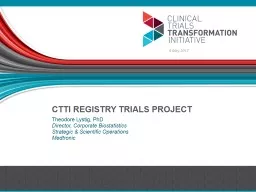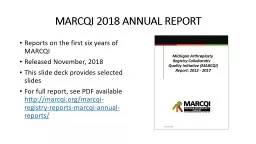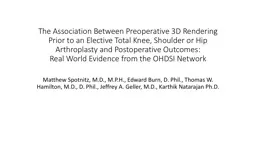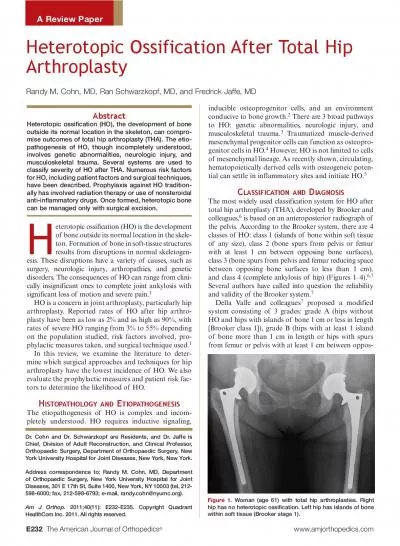PPT-Michigan Arthroplasty Registry Collaborative Quality Initiative (MARCQI)
Author : yoshiko-marsland | Published Date : 2019-11-22
Michigan Arthroplasty Registry Collaborative Quality Initiative MARCQI MARCQI REPORT Reports on the first five years of MARCQI Released November 2017 This slide
Presentation Embed Code
Download Presentation
Download Presentation The PPT/PDF document "Michigan Arthroplasty Registry Collabora..." is the property of its rightful owner. Permission is granted to download and print the materials on this website for personal, non-commercial use only, and to display it on your personal computer provided you do not modify the materials and that you retain all copyright notices contained in the materials. By downloading content from our website, you accept the terms of this agreement.
Michigan Arthroplasty Registry Collaborative Quality Initiative (MARCQI): Transcript
Download Rules Of Document
"Michigan Arthroplasty Registry Collaborative Quality Initiative (MARCQI)"The content belongs to its owner. You may download and print it for personal use, without modification, and keep all copyright notices. By downloading, you agree to these terms.
Related Documents














